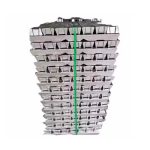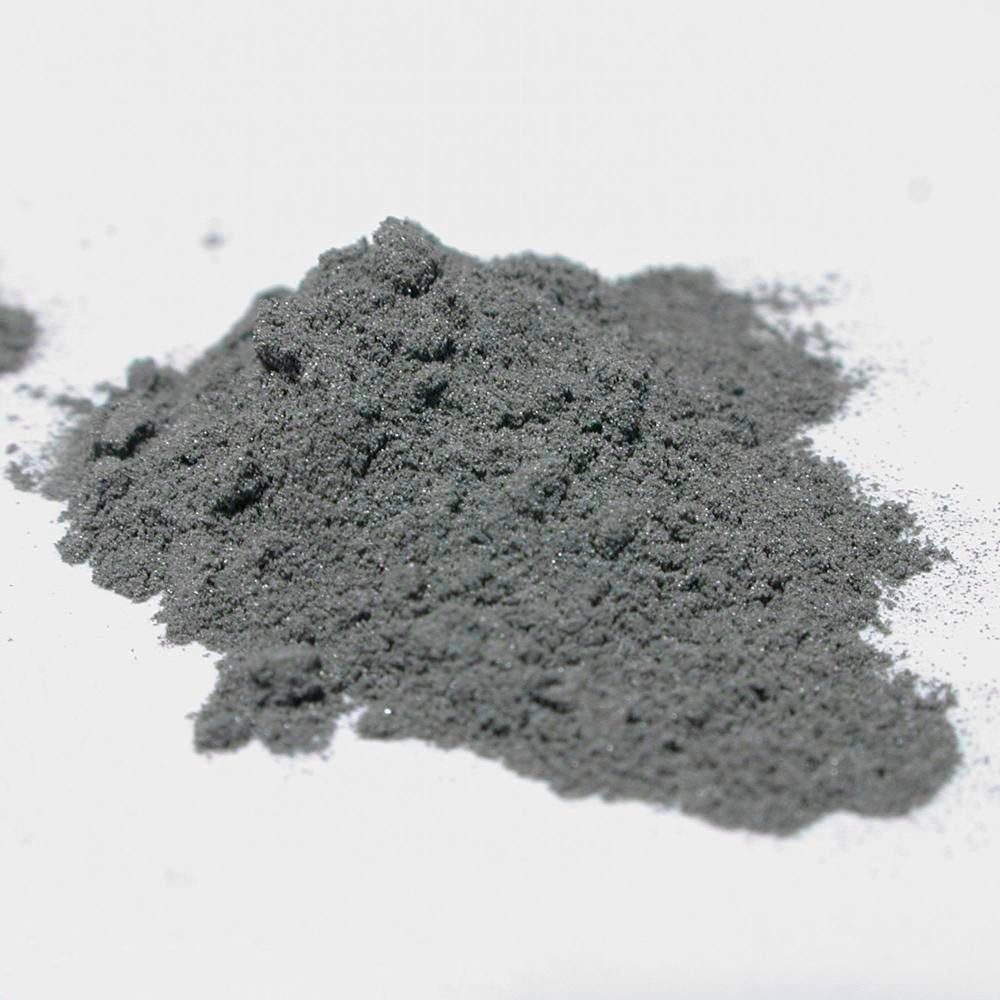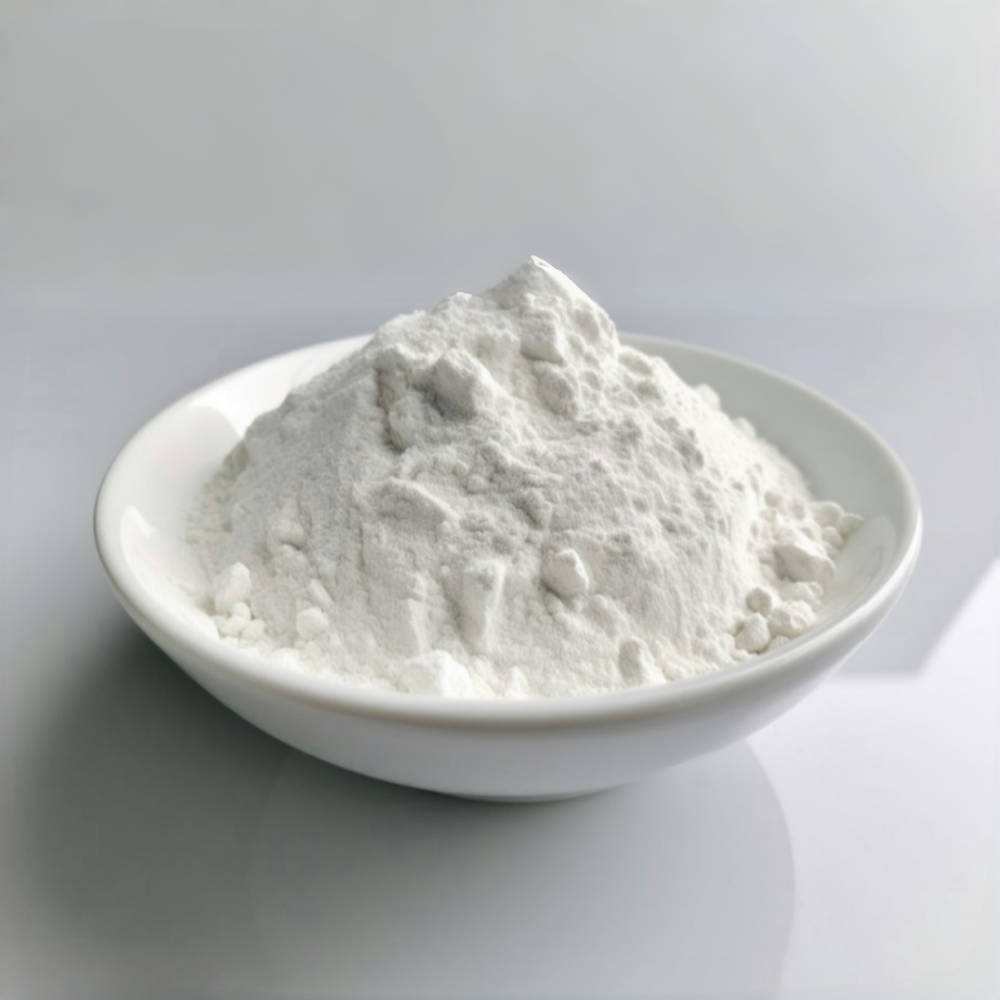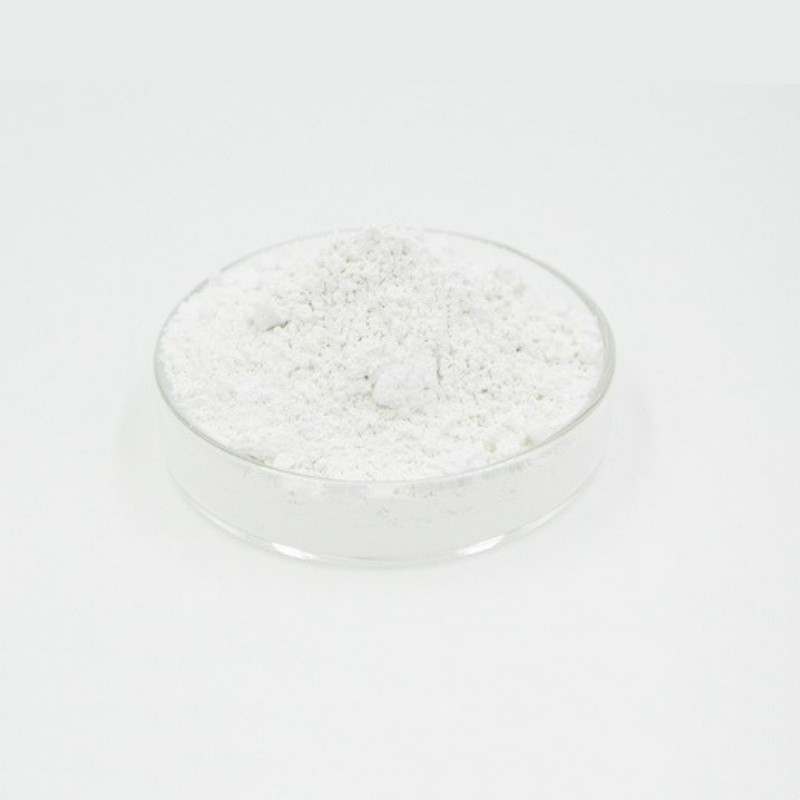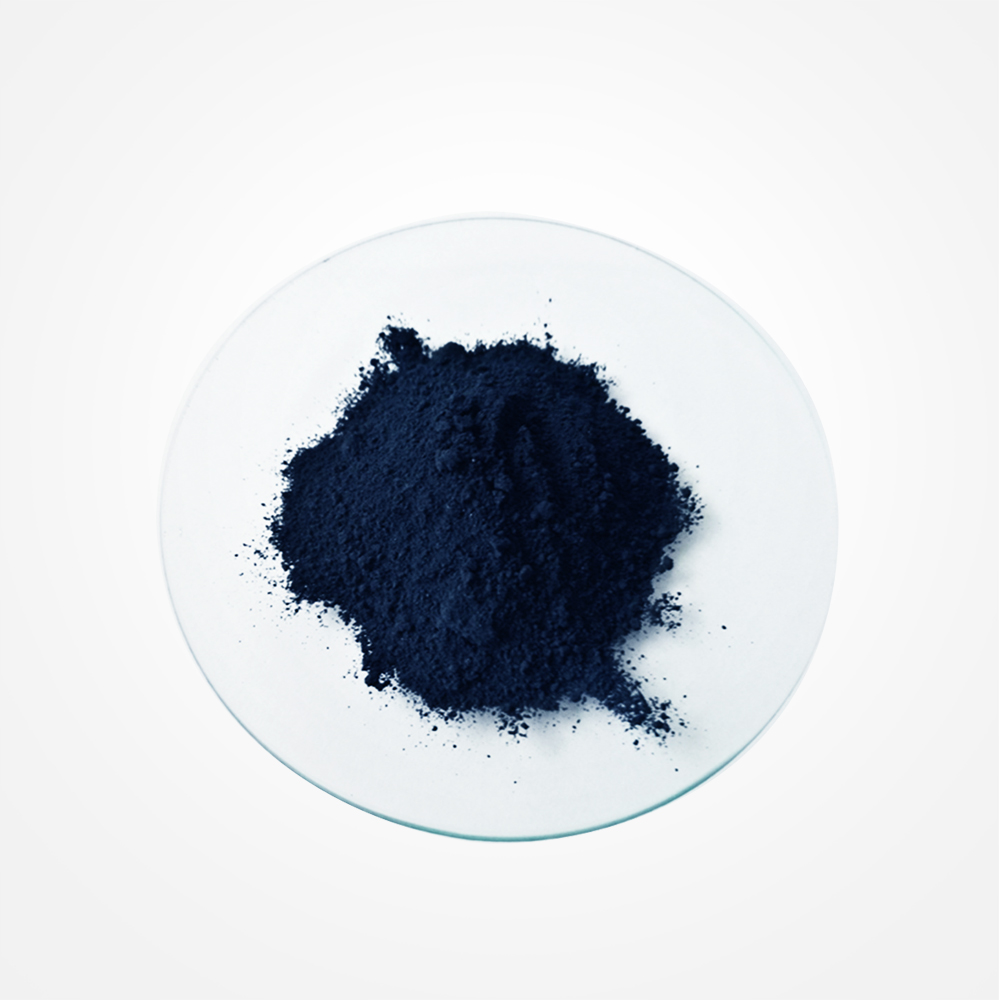Product Overview
Scandium ingot is made from high-purity scandium (Sc) metal, exhibiting excellent physical and chemical properties. Scandium is a silver-white transition metal with a density of 2.989 g/cm³, a high melting point of 1539°C, and a boiling point of 2831°C. Due to its outstanding properties, scandium plays a crucial role in aluminum-scandium alloys, fuel cells, laser materials, catalysts, and various other high-tech fields. The high purity and stability of scandium ingots make them an ideal base material for advanced materials and alloys.
Product Features
- High Purity:Available in 3N, 3N5, and 4N purity options to meet various technical requirements
- High Temperature Resistance:With a high melting point and boiling point, scandium ingots maintain stability in high-temperature environments
- Good Physical Properties:Scandium ingots have a high density, a relatively soft texture, and good ductility
- Excellent Chemical Stability:Scandium exhibits strong corrosion resistance, ensuring long-term use in harsh conditions
- Versatile Alloy Applications:Commonly used in the production of high-performance alloys such as aluminum-scandium alloys and sodium-scandium halide lamps
Applications
- Aluminum-Scandium Alloys:Scandium ingots are widely used to produce aluminum-scandium alloys, improving the strength, corrosion resistance, and high-temperature performance of aluminum alloys
- Fuel Cells:The high purity and stability of scandium make it a core material for efficient fuel cells
- Laser Materials:Scandium ingots are used in the production of laser crystals, widely applied in laser technology and high-precision equipment
- Catalysts:In petrochemical industries, scandium plays a significant role as a catalyst in heavy oil hydrogenation and refining processes
- High-Temperature Alloys:Scandium is used as an additive in high-temperature tungsten and chromium alloys, enhancing their high-temperature stability and strength
- Ceramics and Electronic Materials:Scandium oxides are used in ceramics and electronic materials, improving their high-temperature resistance and overall performance
| Element | Measured Value | Standard Value | Unit | Element | Measured Value | Standard Value | Unit | Element | Measured Value | Standard Value | Unit |
| Li | Zn | ppm | Nd | 1.5 | ppm | ||||||
| B | Ga | Sm | 0.5 | ppm | |||||||
| F | Ge | Y | 14 | ppm | |||||||
| Na | As | ppm | Eu | 0.58 | ppm | ||||||
| Mg | 3 | ppm | Se | Er | 1 | ppm | |||||
| Al | 56 | ppm | Zr | Gd | 7 | ppm | |||||
| Si | 35 | ppm | Nb | 5 | ppm | Tb | 3 | ppm | |||
| P | Mo | 3 | ppm | Dy | 3.5 | ppm | |||||
| Cl | Pd | ppm | Ho | 2.5 | ppm | ||||||
| K | Ag | Tm | 0.2 | ppm | |||||||
| Ca | 9 | ppm | Sc | Matrix | wt% | ||||||
| Ti | 10 | ppm | Sb | ||||||||
| V | Lu | 5.5 | ppm | ||||||||
| Cr | Yb | 0.2 | ppm | ||||||||
| Mn | ppm | Ta | 306 | ppm | C | 37 | ppm | ||||
| Fe | 81 | ppm | W | 7 | ppm | S | |||||
| Co | La | 2.5 | ppm | O | 105 | ppm | |||||
| Ni | 11 | ppm | Ce | 4 | ppm | N | |||||
| Cu | ppm | Pr | 2 | ppm | H |
 new material
new material


